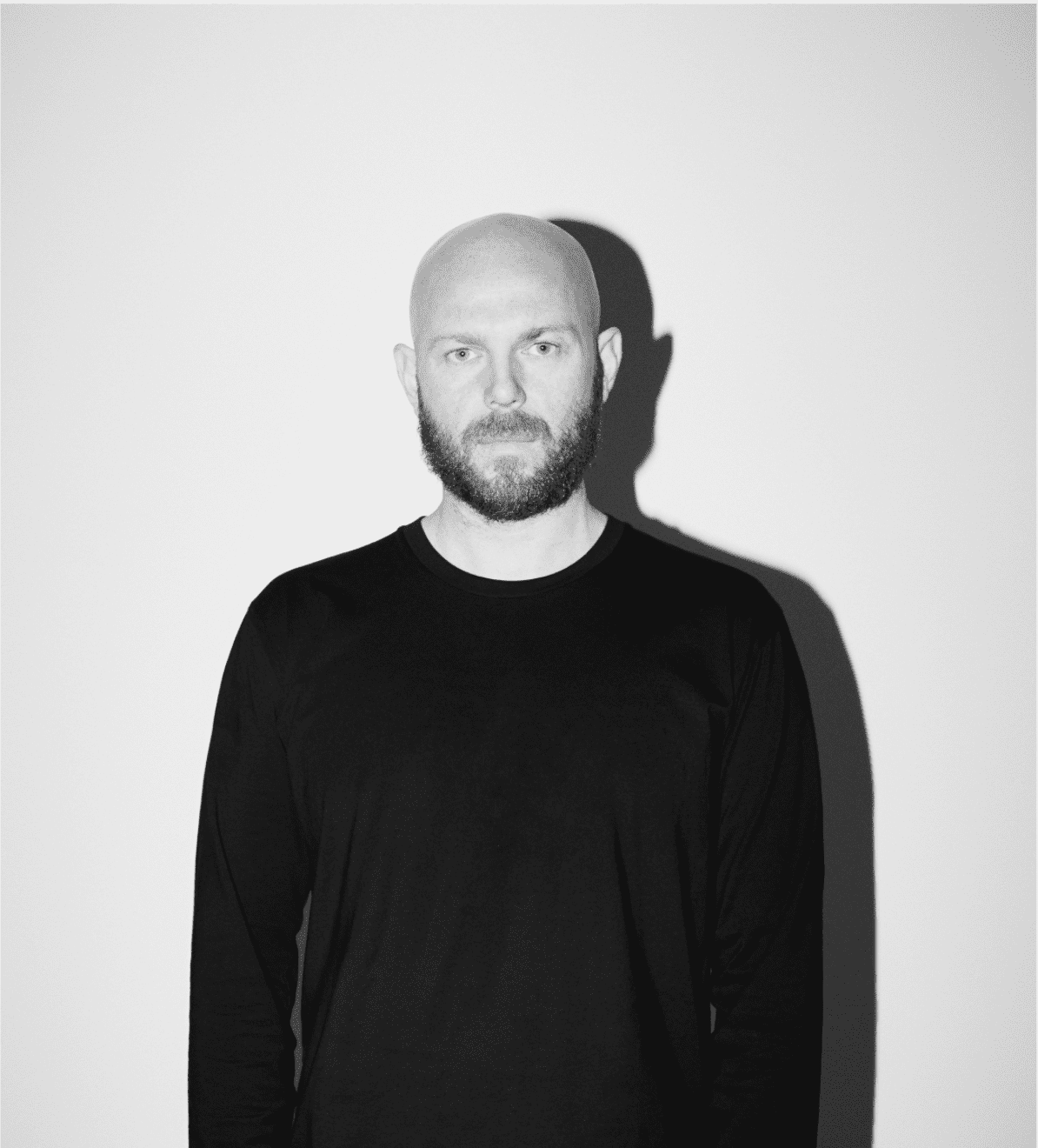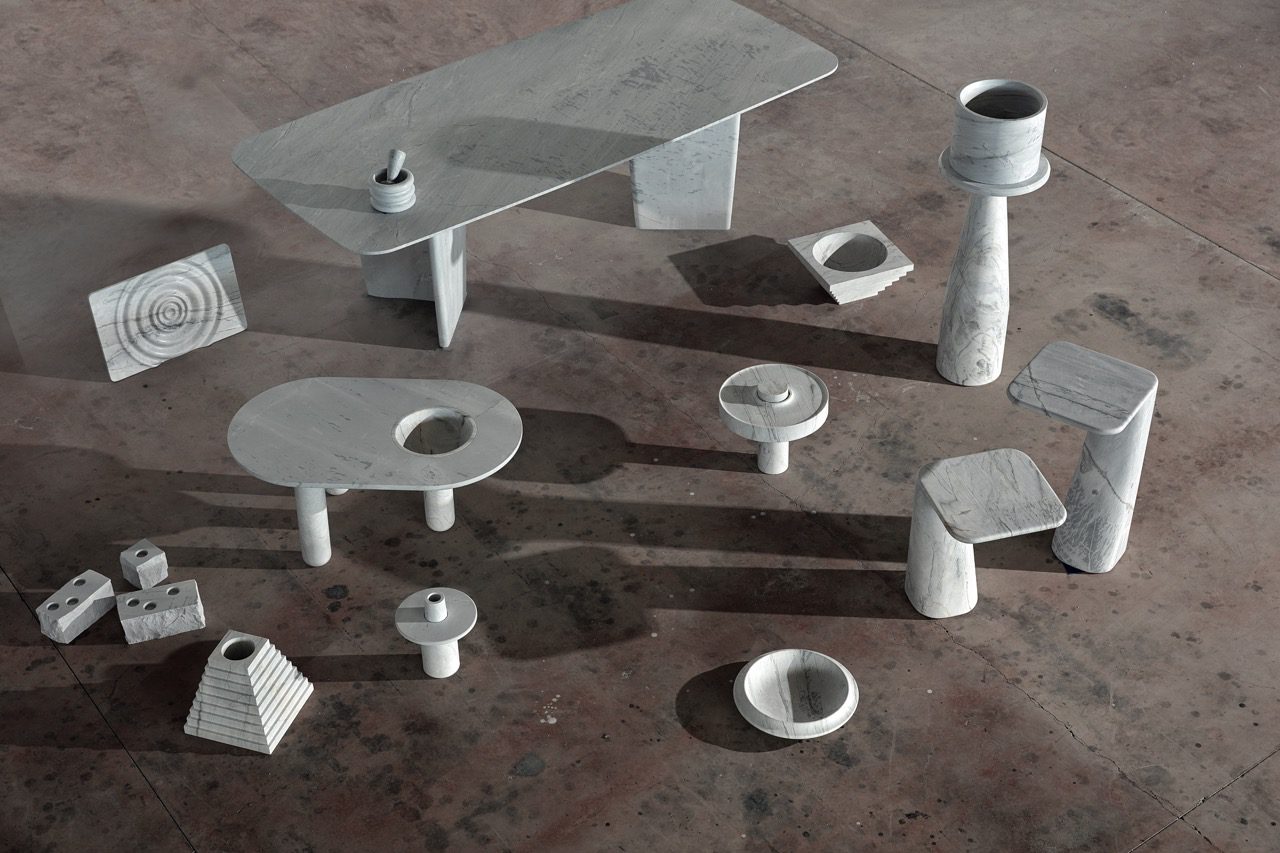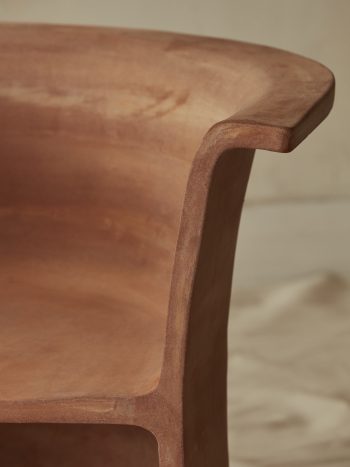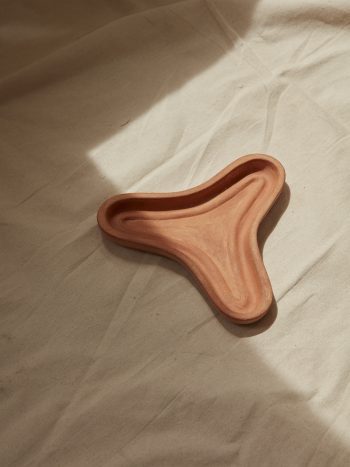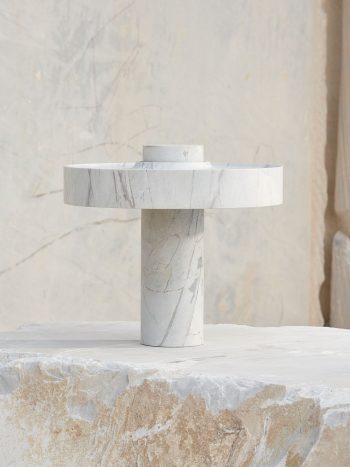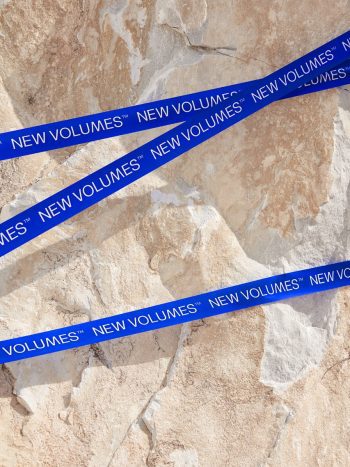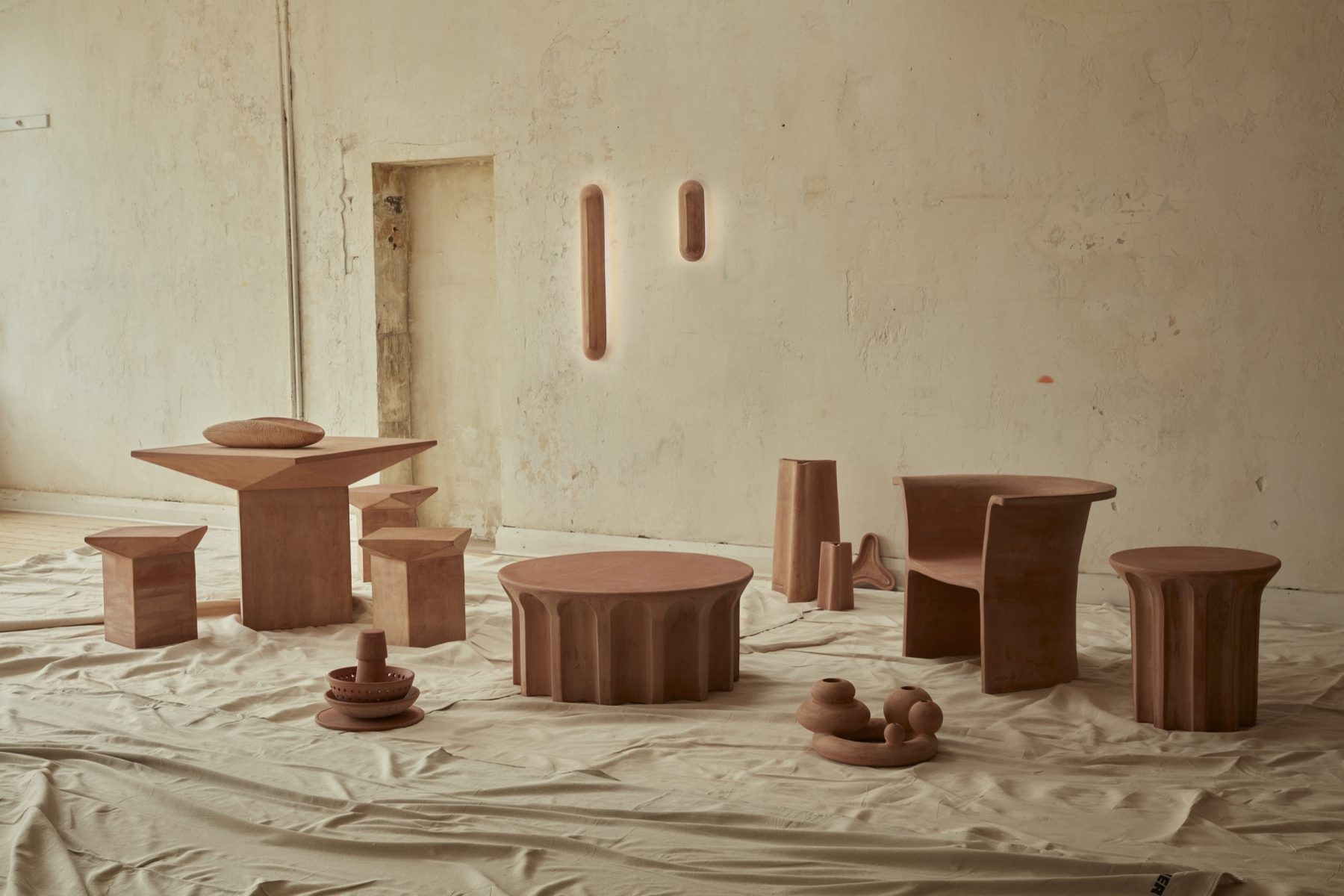
About new volumes
Our story begins here and stems from our travels and connections across the globe, through which we identified an untapped volume of story and space. New Volumes™ was the idea born out of this void and has become a way for us to express ourselves through people, design, materiality and naturally, their stories.
Collections within New Volumes™ witness designers embody the natural materials used in their creations. Pushing the boundaries of our materials results in collections that tell individual stories united by challenging natural materials to reach their undiscovered potentials.
Our aims are simple – to create exceptionally unique and beautiful collections that inspire and enhance the everyday. We are excited to see our precious materials used in such distinct ways and hope each collection brings pleasure to anyone who uses their pieces.
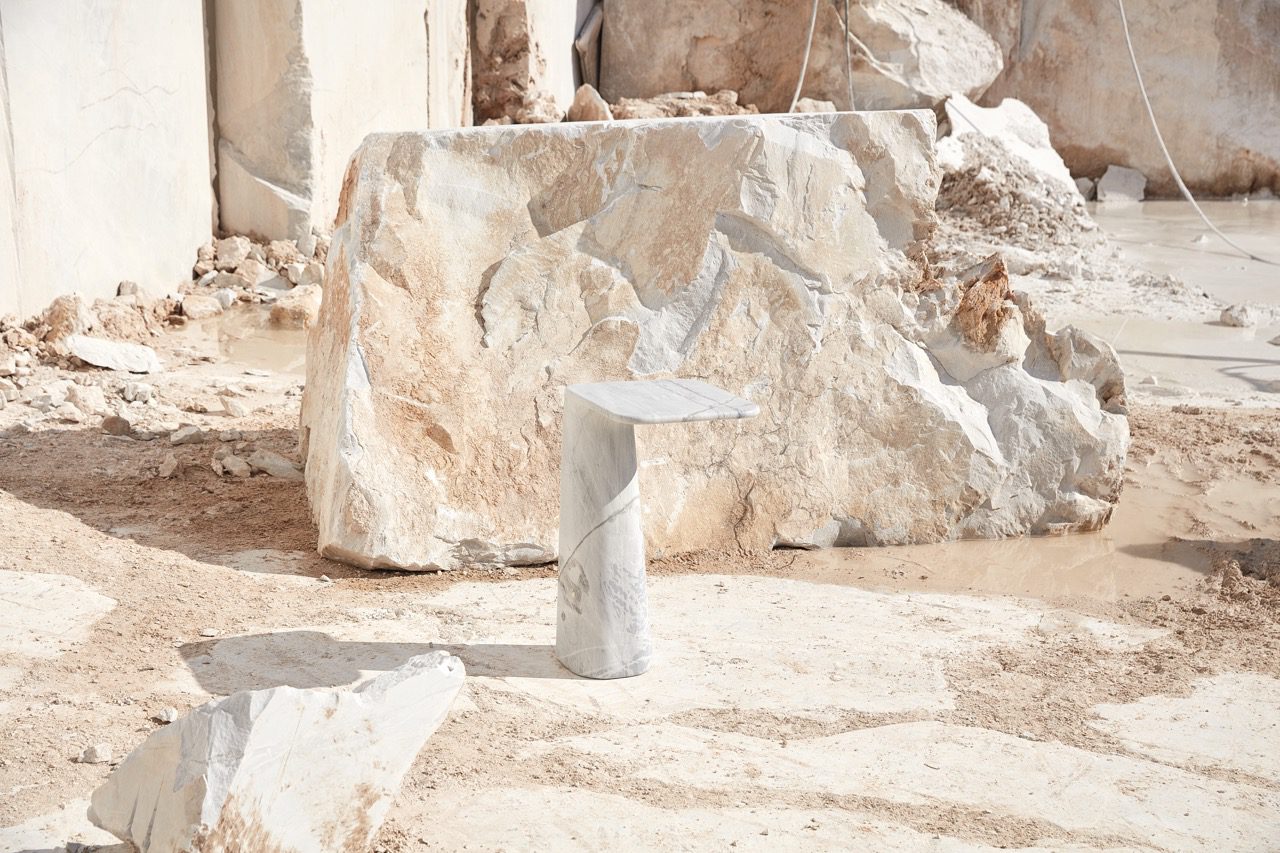
New Volumes 01 – Elba Marble
Millions of years in the making and excavated from a single quarry in limited quantities, Elba is a powerful raw material that commands respect.
Coveted for its cool grey tones and soft brown markings, this unique dolomite-based product offers a subtle, sophisticated colour palette. With low porosity, it is a beautiful, natural stone that is hard-wearing, long-lasting, resilient and distinctly easy to live with.
The origins of Elba can be traced back around 250 million years ago, to coral reef in a primordial ocean called Tethys. Dolomite-based stone typically forms at the bottom of a lake or large bodies of water. Through tectonic plate movement, the stone gets heated and compressed, along with layer upon layer of sediment. These combine to start to change the appearance of stone, creating twists in sediment lines that result in the distinct grain visible in every piece. While similar to the calcium carbonate found in marble, dolomite is interrupted with magnesium, creating a more durable compound. Thus making materials such as Elba, which are chemically more stable, generally harder and exhibit a more opaque lustre than most marbles.
Elba is sourced from a quarry in Greece that was founded in 1984 and is still owned and operated by the same family today. It was discovered serendipitously by the quarry’s founder, in an unexplored area. When excavation started, he was surprised to discover the unique colour of the deposits. It was not like anything the nearby quarries were producing. It was also significantly harder in comparison to the nearby marbles. This was a special dolomite, in terms of both colour and quality.
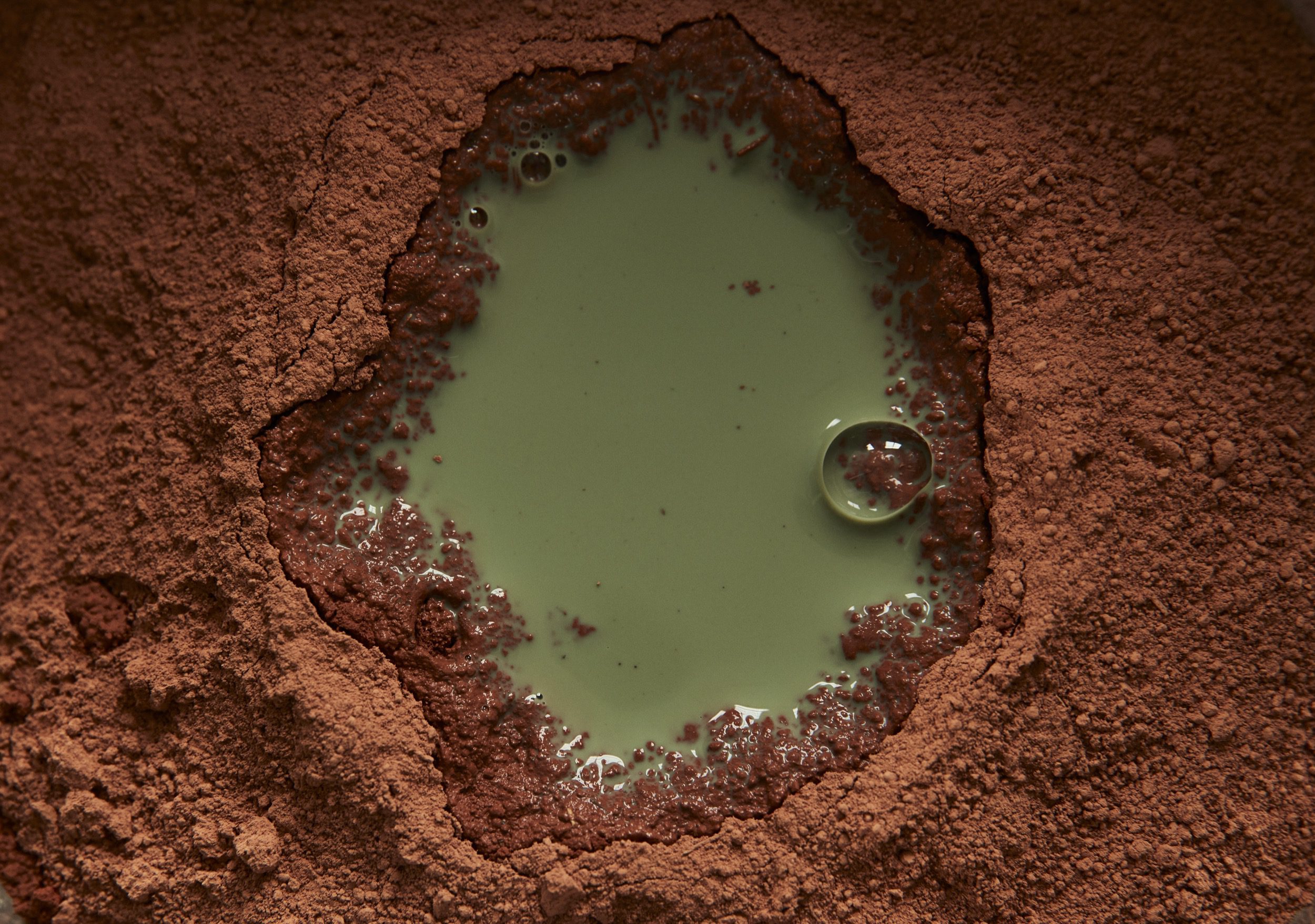
New Volumes 02 – Terracotta
Terracotta is a historical material whose prominence is undeniable.
Recognised for its striking colouring, this clay is adaptable to create a myriad of superb pieces. The material is first shaped or sculpted before it’s fired until hard. The combination of heat and pressure lead the clay to assume its notable colours and durability.
Terracotta translates to ‘baked earth’ and its prominence in history is evident. First used in Prehistoric art, the Palaeolithic terracotta figurines were the first known art pieces to exhibit the beauty of the material. One of the most distinct types of clay in existence, terracotta’s unique colouring stems from the reaction between the iron content in its clay body with oxygen that result in hues ranging from reds and oranges to yellows and pinks.
From Ferrone, Italy, the terracotta used for this collection is rich in history and sourced from the Fornace quarries for over eight generations. As the densest terracotta in the world, the durability is a testament to the long tradition of expert craftsmanship. Prominent in the development of art throughout the course of history, this timeless material is a source of inspiration for architects and designers with contemporary visions.
Melbourne-based Cornish native Thomas Coward is the Creative Director of New Volumes. Established in 2008, his studio works across a range of disciplines, exploring both commercial and personal objectives. From Royal Commissions to exclusive private residences in the USA, Canada, the Middle East and extensively throughout Europe, Coward has become recognised for his considered aesthetic and approach. His work is informed by the premise that the design process is not solely solving physical problems, it is also about exploring the ongoing relationships between products, people and spaces. This can create unique outcomes with often hidden qualities that reveal themselves over time.
